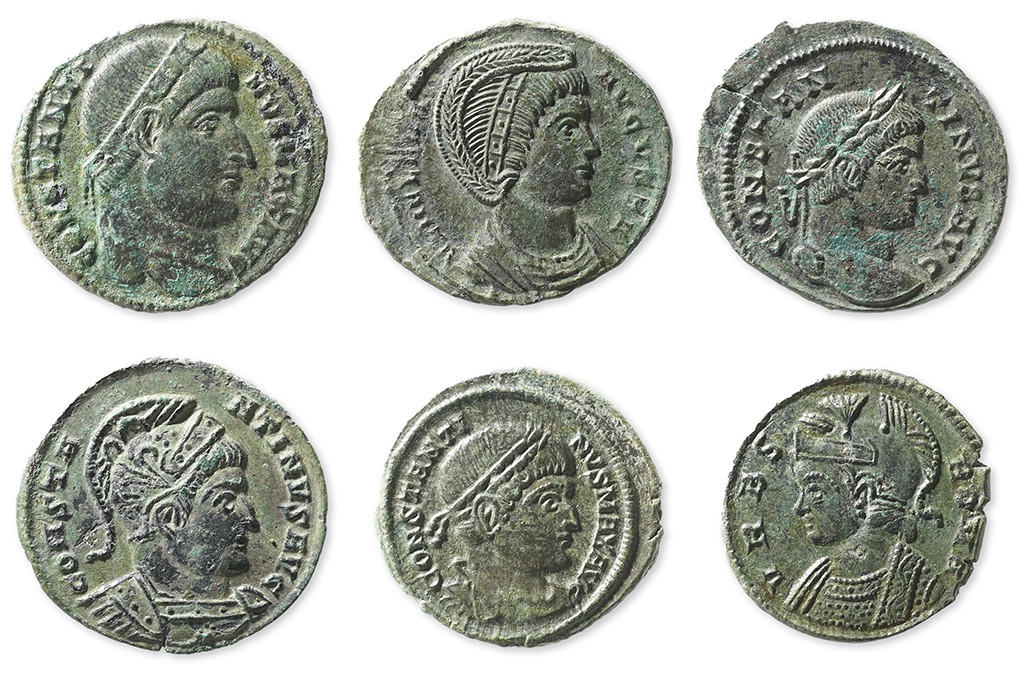In September 2021, Daniel Ludin was rummaging around a forest with his metal detector in Bubdendort, Switzerland when “a strong signal from the device prompted him to dig” according to the press release in Archaologie Baselland. He did just that and revealed a pot that was later found to have over 1200 roman coins from the fourth century C.E, a time period ruled by Constantine the Great.
Among the discovery were several shards of pottery. With this, Mr Ludin covered the loot back up and informed local experts at the Archaologie Baselland, who later did a CT scan of the 22cm tall pot which was discovered to have a cow hide separating two halves of the coins.
Archaeologists say majority of the coins are made of “copper alloy with a very small amount of silver” and mentioned it had “modest purchasing power” equivalent to two months’ worth of salary for a Roman soldier back in ancient times. However, experts are yet to figure out why the coins were at this location but have a few theories.
“For what reasons were the coins buried and why weren’t they recovered? In addition to personal, no longer comprehensible motives, the find site could provide clues for an explanation: This is in the border area between three Roman estates,” they said in the press release.
“Who knows, maybe the coins were kept here in a kind of border sanctuary or sacrificed to the gods.”

“In troubled times, triggered by civil wars, incursions by neighbouring ethnic groups or economic crises, many people buried their valuables in the ground to protect them from unauthorized access.
“During the time when the pot from Bubendorf was hidden, there are hardly any comparable hoards in the entire Roman Empire. These years are characterized more by their political stability and some economic recovery.”
Head archaeologist at Baselland Reto Marti told Live Science this find is invaluable.
“It will give a very detailed insight into the use of money and the circulation of coins in the time of the Roman emperor Constantine the Great.”






